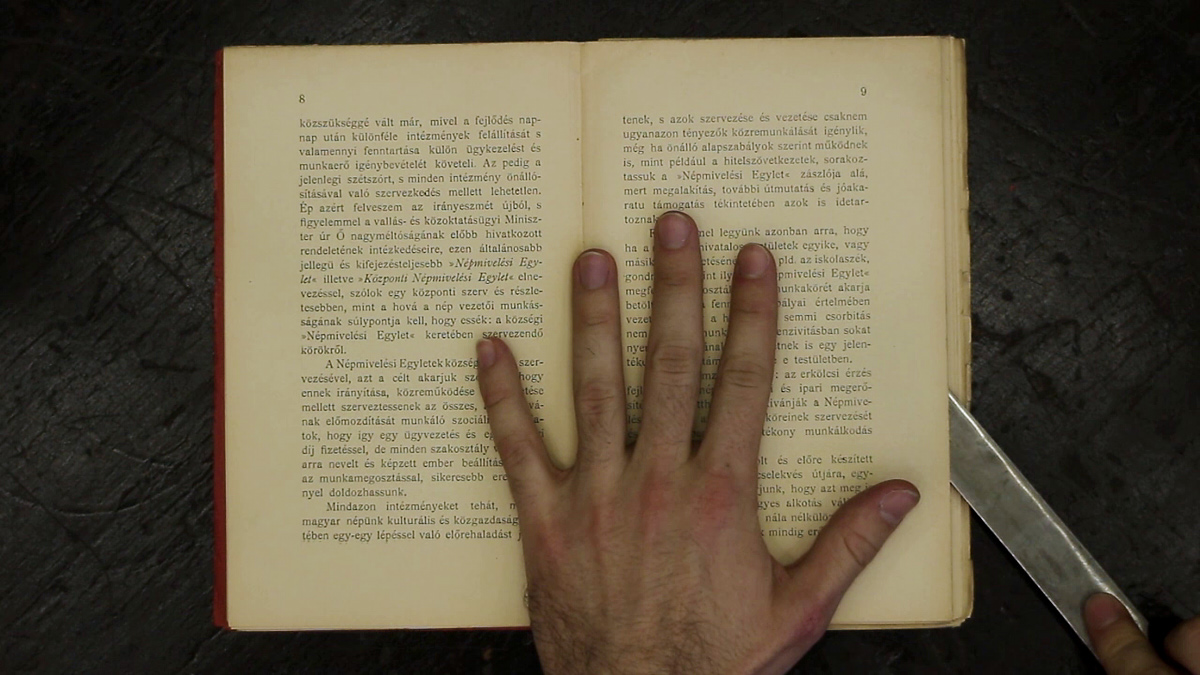three models, videos, and texts
with the help of the Budapest Cultural Centre
— The Promised Light, Tartu Valgus Festival, Estonia, 2016
— Space Expansion, Teleport Gallery, Budapest, 2015
Agora
I studied three concepts of public culture in Hungary through regulations and key theories and the architecture of the cultural houses in three periods, the Austro-Hungarian, the late socialist, and the European Union’s era. I use the public culture term in the sense of cultural activities mainly in the field of adult education, with a focus on control of leisure, increasing competitiveness, and ideological education. This sector was in the focus in Europe in the late 19th and the early 20th century, and it remained important in the socialist block – when the system of cultural houses (also known as house of culture or community cultural club) was developed –, and later in the 21st century EU funds provided new opportunities.
I made a comparison chart of regulations and key texts of public culture of the three eras. I was interested in the changes of goals that remained in the focus in each period, like self-cultivation, increasing competitiveness, lifelong learning, ethical and political education, control of leisure, awareness of rights and obligations.
I shot videos of three buildings representative for the eras, and made schematic wood models, alike to city architects’ urban planning models.
I made a comparison chart of regulations and key texts of public culture of the three eras. I was interested in the changes of goals that remained in the focus in each period, like self-cultivation, increasing competitiveness, lifelong learning, ethical and political education, control of leisure, awareness of rights and obligations.
I shot videos of three buildings representative for the eras, and made schematic wood models, alike to city architects’ urban planning models.
People's cultivation
Mihály Gyerkes’ Home of the people’s cultivation association (1906)
It is a comprehensive book on the functions and aims of people’s cultivation with a building plan and a sample memorandum of association (with a blank space for the name of the association). The book was made for villages by a teacher. The functionality and cost-efficiency was the highest priority.
“To create a good worker from an individual, and a better person from a worker. […] To qualify them to make the best result with the highest effort in their careers, and to predispose them to such pure pleasures that might bring them the noble soul’s elevated pleasure in their private life.” / Count Sándor Teleki: People’s culture (1906)
It is a comprehensive book on the functions and aims of people’s cultivation with a building plan and a sample memorandum of association (with a blank space for the name of the association). The book was made for villages by a teacher. The functionality and cost-efficiency was the highest priority.
“To create a good worker from an individual, and a better person from a worker. […] To qualify them to make the best result with the highest effort in their careers, and to predispose them to such pure pleasures that might bring them the noble soul’s elevated pleasure in their private life.” / Count Sándor Teleki: People’s culture (1906)
Public culture
Budapest Cultural Center
The house of culture from the late socialism, built in 1979. The building was designed for the calculated cultural needs of a concrete block panel building microdistrict in Budapest. It was connected to a market and a cinema on two floors.
“People’s culture is not simply a cultural question, it is the condition of achieving their economical and political aims. […] we do not wish to influence only people’s political positions, but also their world-view, whole outlook on life, their relations to the community, morals and taste: their whole internal and external culture.” / National Conference of People’s Culture, György Aczél (1970)
The house of culture from the late socialism, built in 1979. The building was designed for the calculated cultural needs of a concrete block panel building microdistrict in Budapest. It was connected to a market and a cinema on two floors.
“People’s culture is not simply a cultural question, it is the condition of achieving their economical and political aims. […] we do not wish to influence only people’s political positions, but also their world-view, whole outlook on life, their relations to the community, morals and taste: their whole internal and external culture.” / National Conference of People’s Culture, György Aczél (1970)
Community culture
Szent-Györgyi Albert Agóra
The cultural center complies with the EU’s cultural and educational policies. Built mainly with EU funding, in a former industrial area, in 2012. The building had the same height as the surrounding estates, just a campanile-like wind deflector pops out.
“Culture and creativity are at the core of the European project. Culture shapes our identities, aspirations and how we relate to others and the world.” / The European Union explained: Culture and audiovisual (2014)
The cultural center complies with the EU’s cultural and educational policies. Built mainly with EU funding, in a former industrial area, in 2012. The building had the same height as the surrounding estates, just a campanile-like wind deflector pops out.
“Culture and creativity are at the core of the European project. Culture shapes our identities, aspirations and how we relate to others and the world.” / The European Union explained: Culture and audiovisual (2014)






